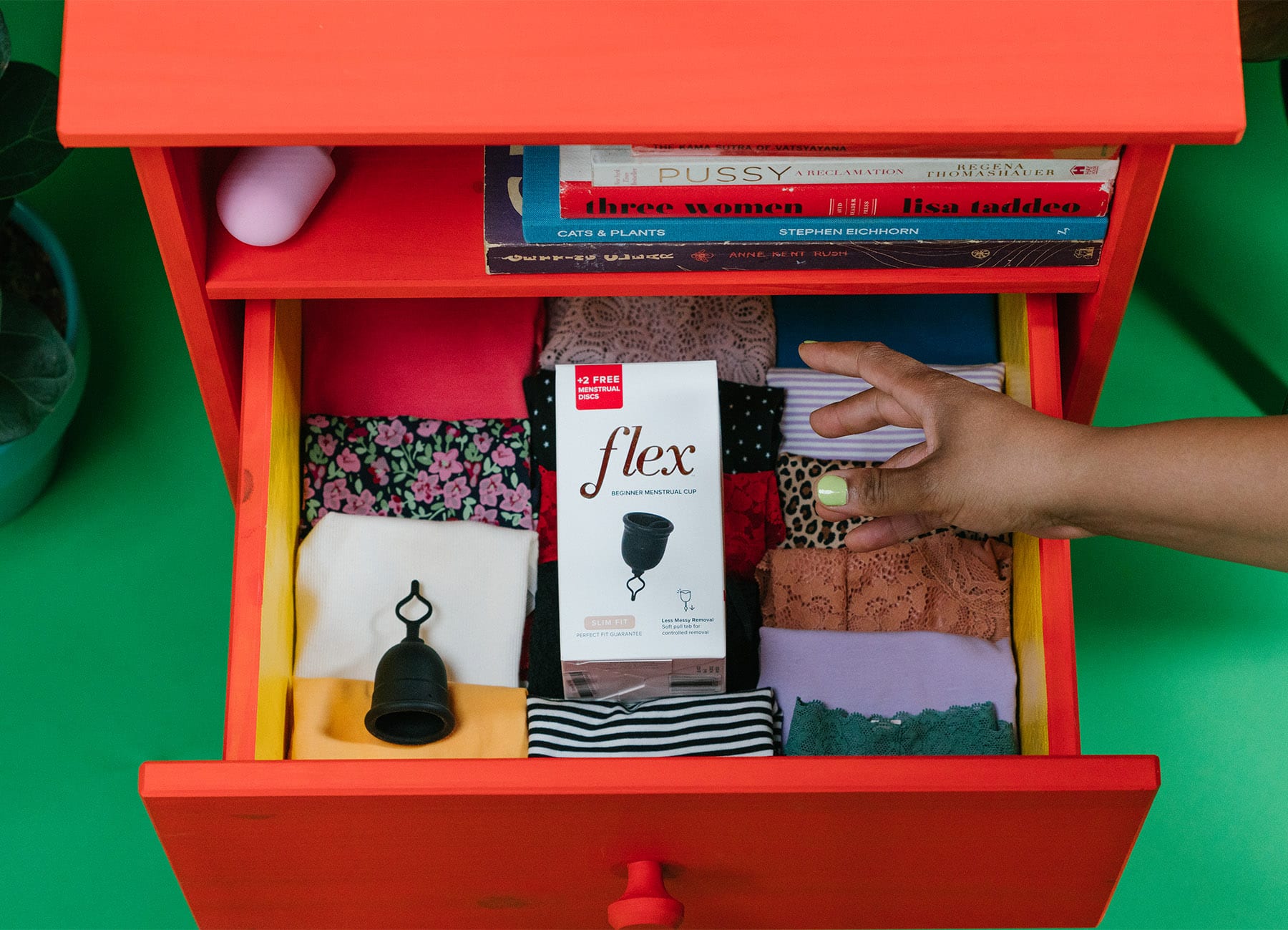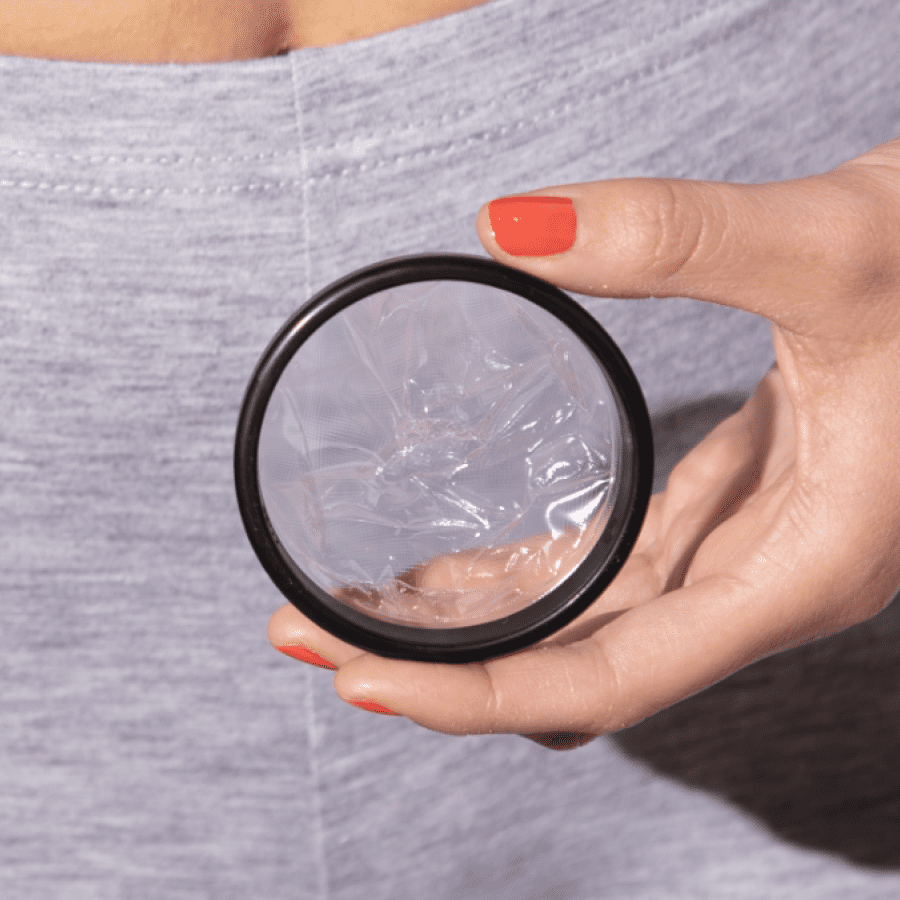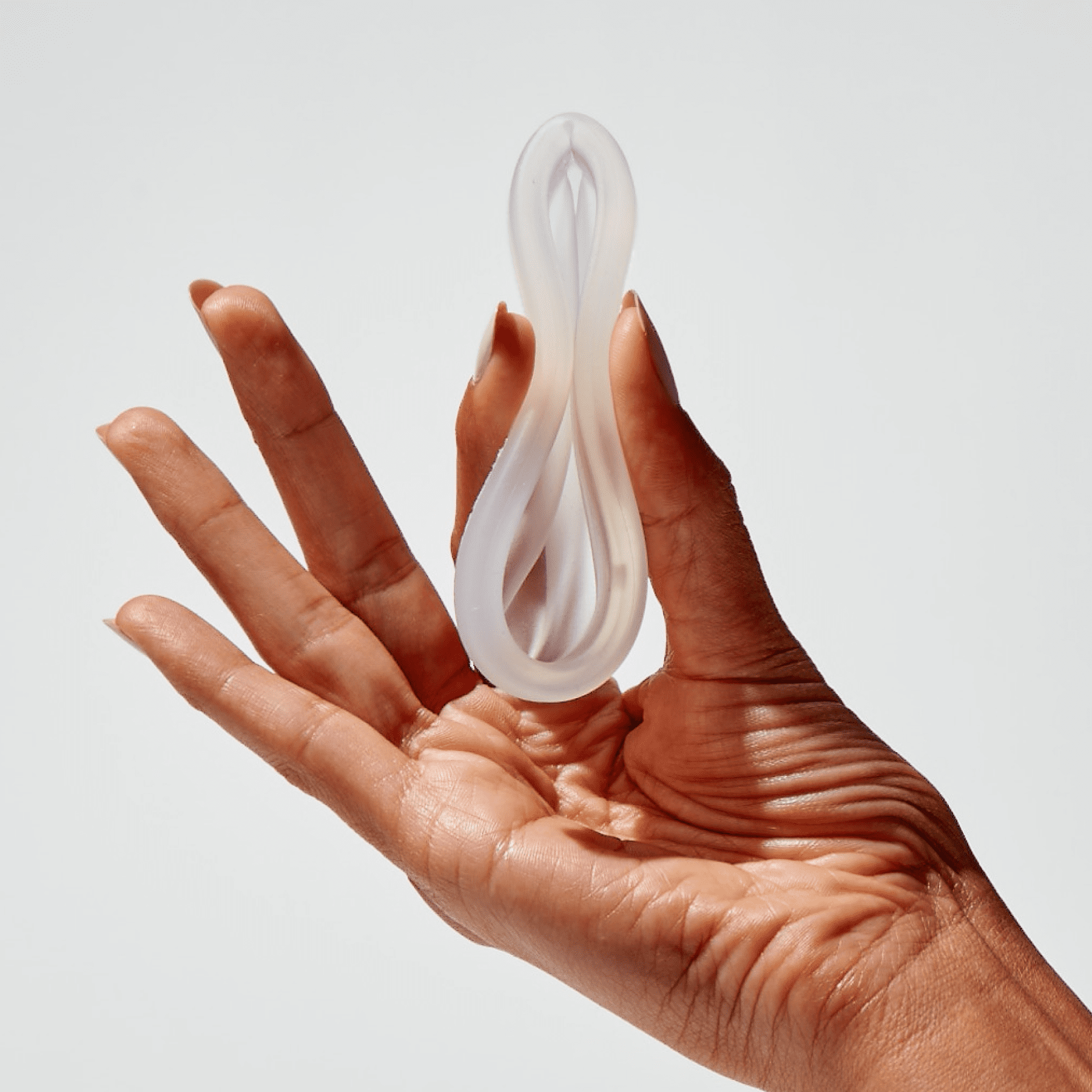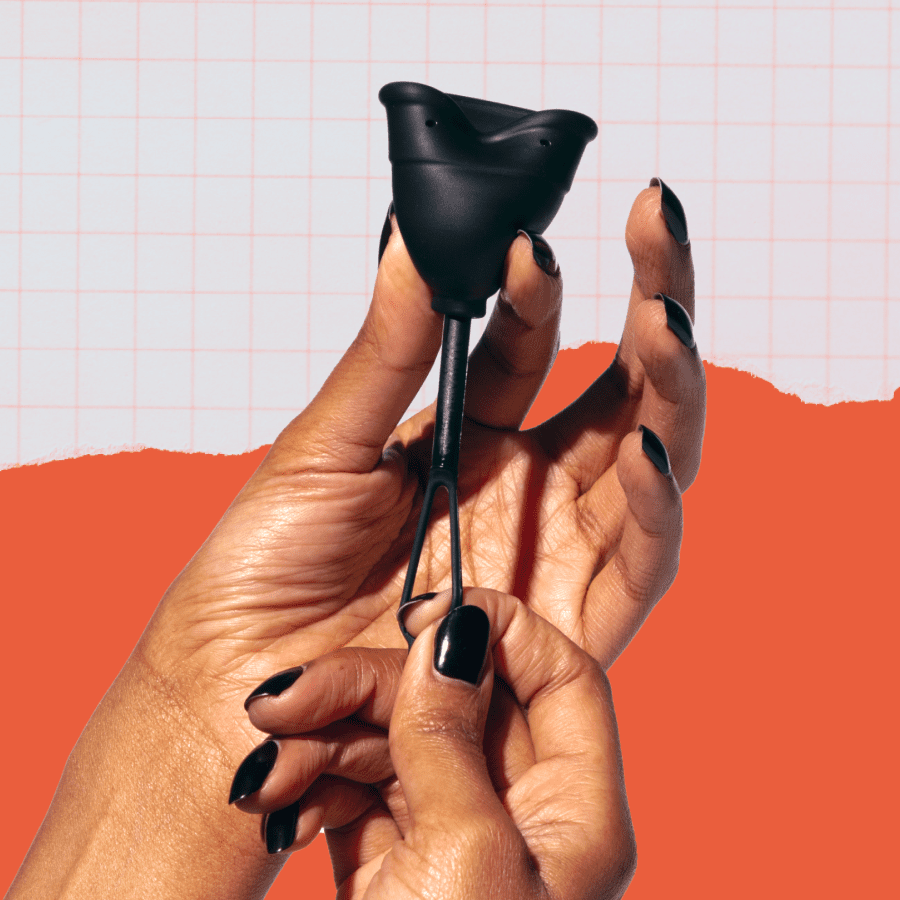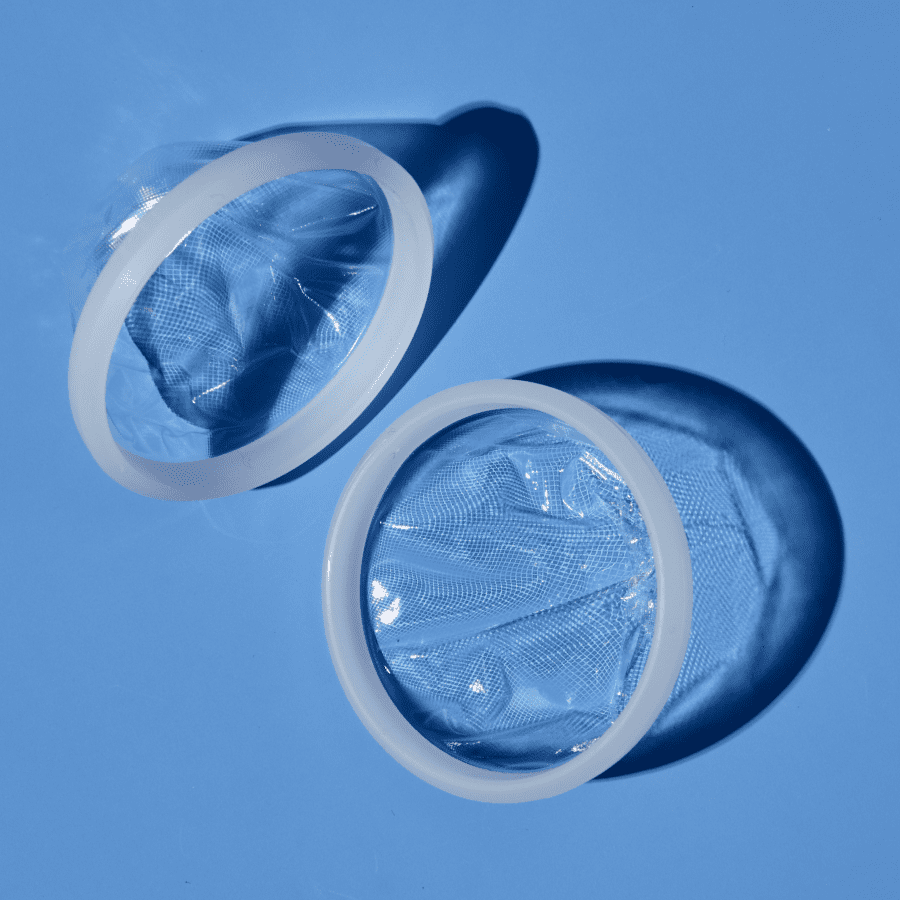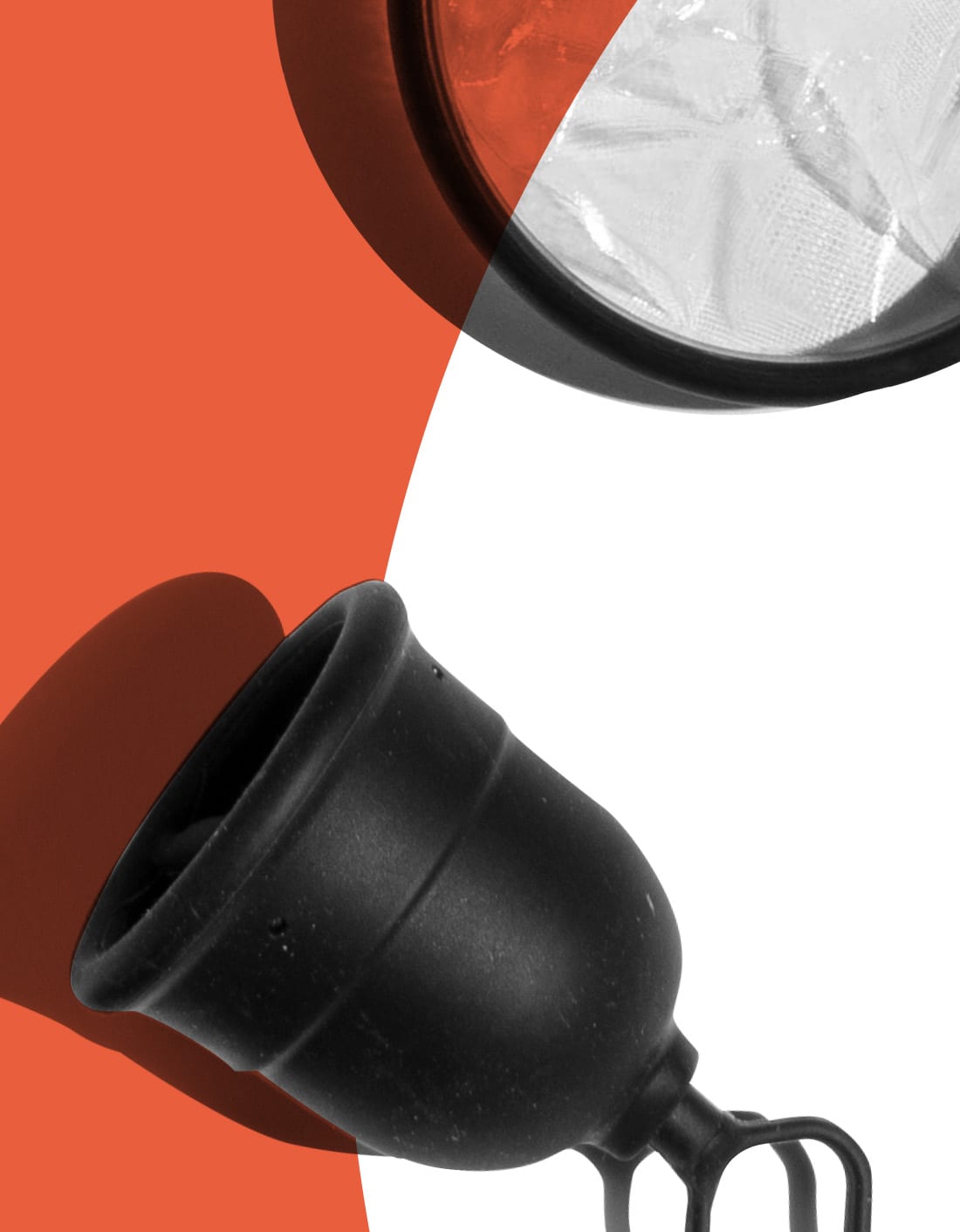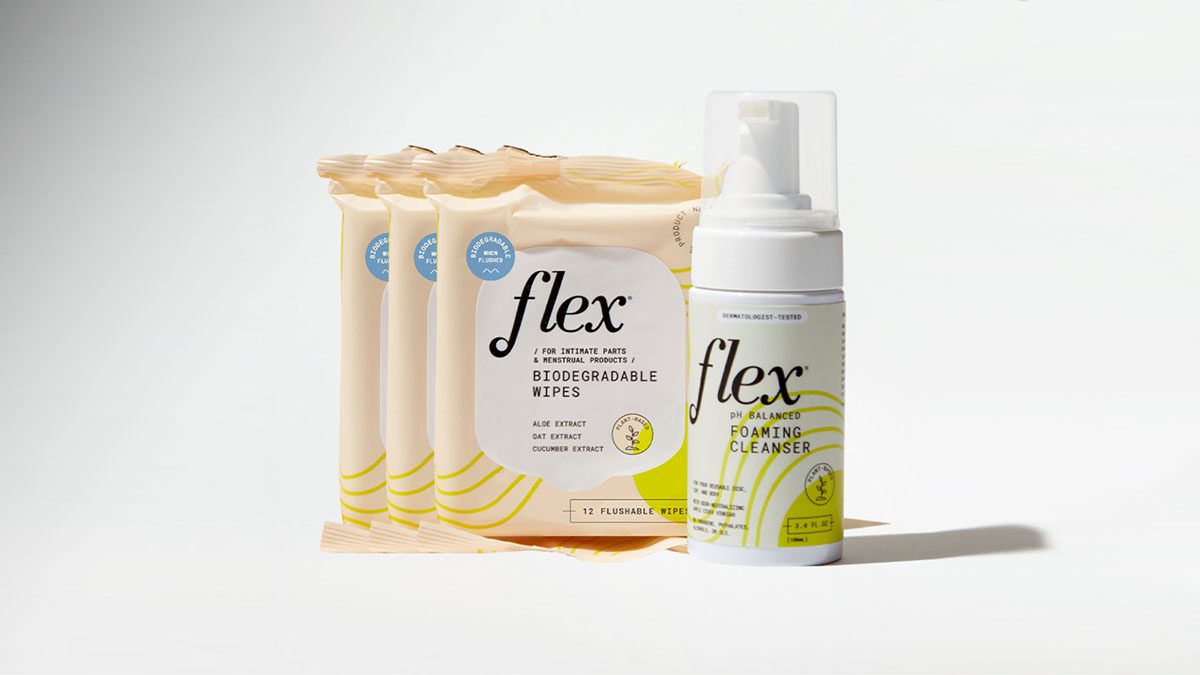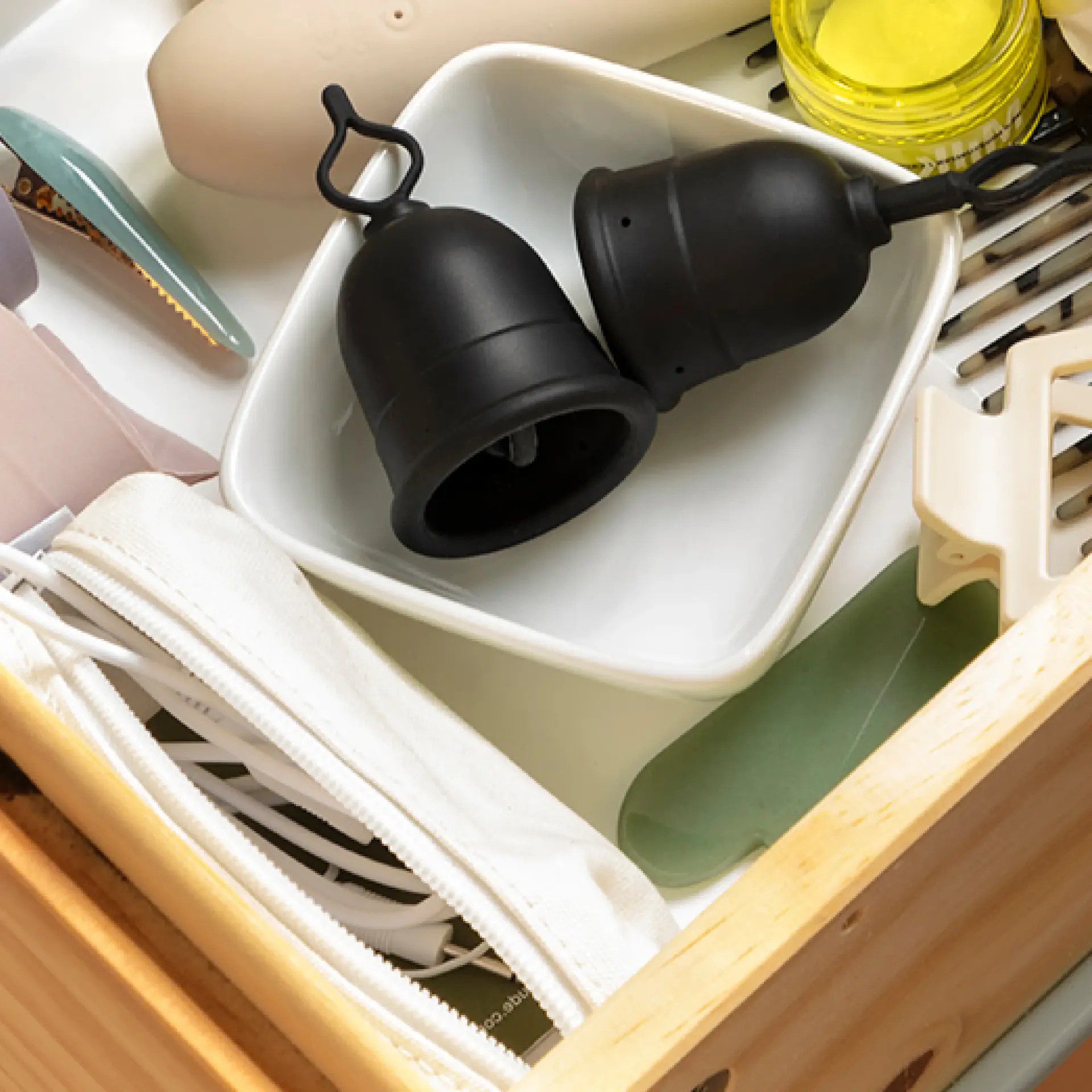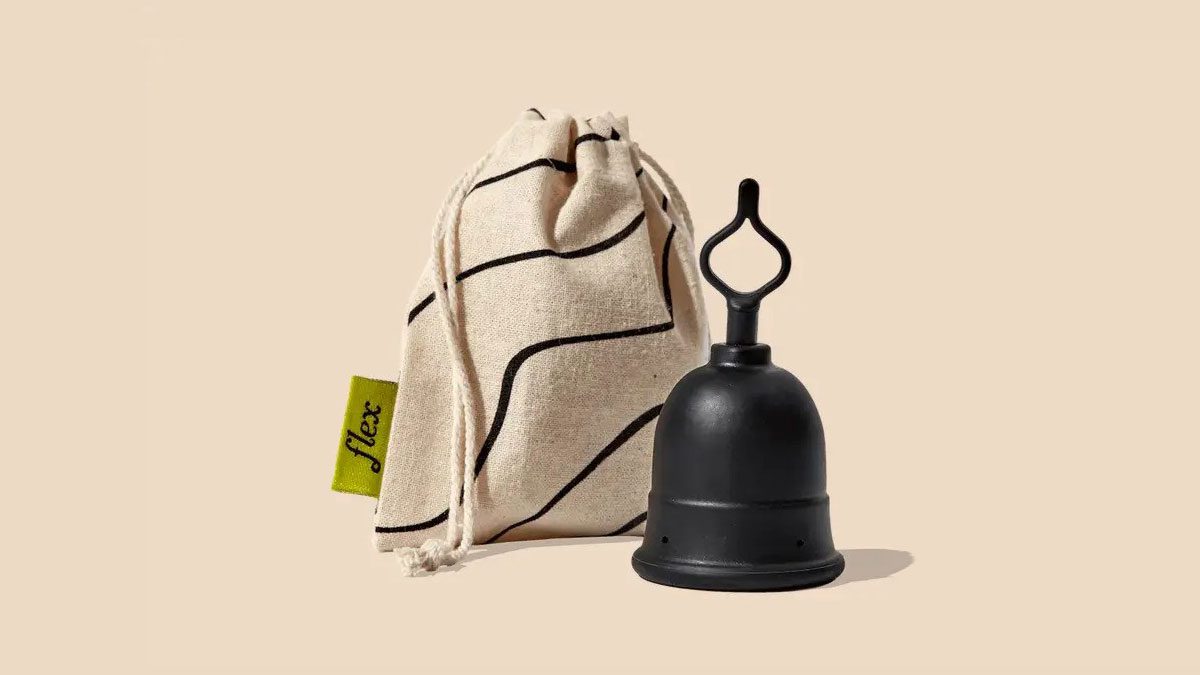A menstrual cup buyer’s guide for newbies and pros alike
It’s 2020 and menstrual cups are everywhere. Unlike tampons, menstrual cups are an eco friendly option to manage your period, and because they collect rather than absorb blood, there’s a lesser risk of getting toxic shock syndrome (TSS). 1 But there are literally hundreds of types of cups to choose from. So many cups, so little time: how do you know which one is right for you?
Whether you want to know what’s the best menstrual cup for beginners or the best menstrual cup for heavy flow, we’ll save you the hassle of Googling for hours trying to figure it out. We’ve got you covered with this simple guide to point you in the right direction.
Between differences in body shapes, age, and experience, there is enough variety from one body to the next that no single period cup is going to fit everyone’s needs. The great news is, there is such a thing as a perfect cup… for you.
Knowing your vaginal anatomy, combined with a little research on different cup characteristics and how they work, will save you from shelling out a lot of dough and going through an annoying trial and error process with a billion different cup brands.
Where to start when researching menstrual cups
Prioritize your cup choice to fit your body before choosing a size according to your flow.
Why? Because it doesn’t matter how much your cup holds if it’s leaking, isn’t staying in place, or is poking out because you can’t get it in any further. Also, keep in mind that period cup sizing guides are suggestions, not rules to live by. YOU are the expert in your own body.
For example, although larger cups can hold more period blood, a younger teenager with a heavy flow may find a smaller size more comfortable – you may just need to empty it more often than the “optimal” 12 hour wear time.
Cup size matters
You may have noticed that many brands of cups come in two different sizes, usually named “small” and “large”. Typically the sizes mean they are different in diameter (how wide) and length (how tall), but check the measurements on the box or website for accurate measurements.
Different brands list different reasons for choosing a menstrual cup size. Some of the common reasons for choosing a smaller size could include:
- You who have a smaller build or are a teenager
- You have a lighter flow
- You are under 30 and have never given birth or never had a full-term pregnancy
A larger size is often suggested if:
- You have a larger build
- You have a heavier flow
- You are over 30 years old and have given birth vaginally and/or have had a full-term pregnancy
Maybe you’re wondering:
What if I have a heavy flow and a baby, but I’m 22?
I just got my period for the first time. Can I use a cup?
What if I’m older than 30, but I have a small frame and have never been pregnant?
The answer to each and every one of these questions is it depends. The emphasis here is that there’s no exact formula or algorithm that can predict the perfect menstrual cup for your unique body. The best way to get started is, well, by doing exactly what you’re doing: Research!
Then, get familiar with your vaginal opening , try finding and get to know your cervix, take note of your menstrual flow, and buy whichever cup sounds like it meets the criteria you’re looking for. If the first one doesn’t work, no worries. There is a learning curve—but the learning process will help you figure out what about a certain cup was incompatible with your body and your needs, and then use that information to try again.
Get friendly with your cervix
Do you know where and how high your cervix is? We went over cup diameter above, but different cup sizes (and brands) also have different lengths. The height of your cervix (i.e. how “long” your vaginal canal extends up into your body) has a lot to do with how well a menstrual cup fits inside of you.
This is why we really recommend learning what that is before making a purchase. Check out this complete guide to the cervix for more.
If you have a lower cervix, you don’t want to end up with a cup that’s long enough to peekaboo out of your vagina – or, if you have a high cervix, a cup that’s too short to reach comfortably for removal.
Some cups are designed specifically for people with high cervixes: The best menstrual cups for high cervixes are typically shaped longer, or may come with a “tail” to help with removal.
On the other hand, the best menstrual cups for low cervixes are shorter and may appear more bulbous in shape. For some of these cups, you can trim the stem or cut it off completely.
Some people even have what’s known as a “tilted” cervix, where the cervix is on an angle instead of perpendicular to the vaginal walls. Oh, and to make things even more complicated, your cervix can change position as you age.
If you’re running into positioning issues with any brand of menstrual cup, talk to your healthcare provider or OB-GYN. They may be able to help you understand your vaginal anatomy a bit better and provide you with professional advice to help you with any discomfort, prevent leaks or any other issue that you might be experiencing with your current cup. They can also recommend a product that’s most likely to work for you, in case cups aren’t it.
For some, period cups just aren’t compatible – and that’s okay! Thankfully, we have a lot of different options on the market today when it comes to menstrual products.
Period cup materials: Keep allergies in mind
The majority of menstrual cups are made from medical grade silicone. If you are allergic to silicone, there are cups made out of thermoplastic elastomer (TPE), and cups made from rubber.
The cup material should be clearly listed in the description on the box, Amazon listing, or company website. If you can’t find what it’s made of, keep looking because you want to make sure what you put inside your vagina every month doesn’t contain toxins.
Soft vs. firm menstrual cups
How firm a period cup is can depend on the material, design, and thickness of the cup. Firmness influences these factors: how easy the cup is to fold and insert, whether it automatically pops open inside, and how much pressure the cup will put on your pelvic area.
The walls of muscle that hold in your menstrual cup are shared with your bladder on one side and your rectum on the other, so it makes sense that some people find that firmer cups are uncomfortable on the bladder and make it difficult to pee or that it can create pressure in their rectal area.
Others find a cup that is very soft may be difficult to insert or keep in place, especially during exercise. A softer cup may also require extra finger finesse when you insert it to get the rim to open up completely. Other features, like an adjustable pull-tab, can make a cup easier to use for beginners regardless of firmness.
Some general guidelines to lean towards a firmer cup are:
- You’re a beginner cup user and aren’t sure how to use a menstrual cup yet
- You have previous experience with traditional menstrual cups not staying in place
- You are very physically active
Reasons to lean towards a softer cup would be:
- You have a sensitive vagina or cervix
- You’ve experienced difficulty using the bathroom with previous cups
- You have trouble folding firmer cups and keeping it folded during insertion
- You have pelvic floor tension of pelvic floor dysfunction
It’s important to note that not all cups will be the same firmness out of the box as they are in your body. TPE cups sometimes soften from body heat, but cups made of silicone or rubber shouldn’t really change firmness once inside of your body.
Period cup colors
The color of your period cup has no effect on performance but if you don’t want one that is pink or purple or some sort of pastel, you have options. There are clear cups and darker colored cups on the market. PS: Clear or lighter colored cups do have a tendency to stain from period blood, so if you’re worried about that, go for a darker cup color.
If you do choose a lighter-colored cup, keep your cup squeaky clean to prevent staining.
Finding the best menstrual cup if you have an IUD
While it’s unlikely that a menstrual cup would dislodge your IUD, it is a possibility, and there have been several reported cases of IUD displacement along with a higher IUD expulsion rate that might be associated with menstrual cup removal. 2 In most cases, this has to do with user error (i.e. removing a cup forcefully without first “breaking the seal” to eliminate suction).
No matter which menstrual cup brand you’re leaning towards, always talk to your healthcare provider or OB-GYN before using a cup if you have an IUD as a birth control method. They’ll be able to give you informed advice around your IUD’s positioning, including the length of your strings. They may also be able to trim your strings down to lessen your chances of accidental displacement.
Learn more about using a menstrual cup with an IUD in this blog post.
Many IUD users have had success with Flex Cup, which breaks the suction seal via pull-tab (meaning you don’t have to stick two fingers all the way up your vag to break the seal manually) during removal.
Choosing a menstrual cup if you have a disability
If you’re one of the many menstruators around the globe coping with a physical condition or disability that affects your strength, dexterity, or coordination, finding period products that are easy to use is key. For many folks with disabilities, inserting and removing their cups can be particularly difficult.
Thankfully, there’s a solution: Flex Cup was designed by a person with a disability who needed a cup that was easier to remove than the typical options on the market. It’s the only cup currently manufactured with a patented pull-tab that breaks the seal for you – meaning you can avoid manually reaching inside your vagina to grasp, twist, and remove the cup.
With the Flex Cup’s pull-tab, you can break the seal without inserting any fingers and remove the cup with a single downwards motion, similar to a tampon. In addition, the pull-tab was designed with a loop that you can hook a finger through, so there’s no need for grip strength.
How to pick the best menstrual cup: Key takeaways
- Get to know your vaginal anatomy and your cervix
- Cup Size Matters: Prioritize your cup choice to fit your body instead of your flow
- Don’t hesitate to seek for professional advice if you need help with troubleshooting your cup
- There is a learning curve- but the process will help you figure out what about a certain cup was incompatible with your body and your needs, and use that information to try again
